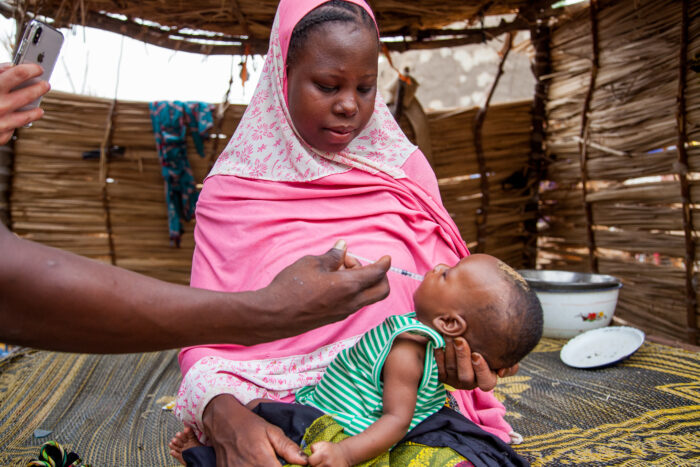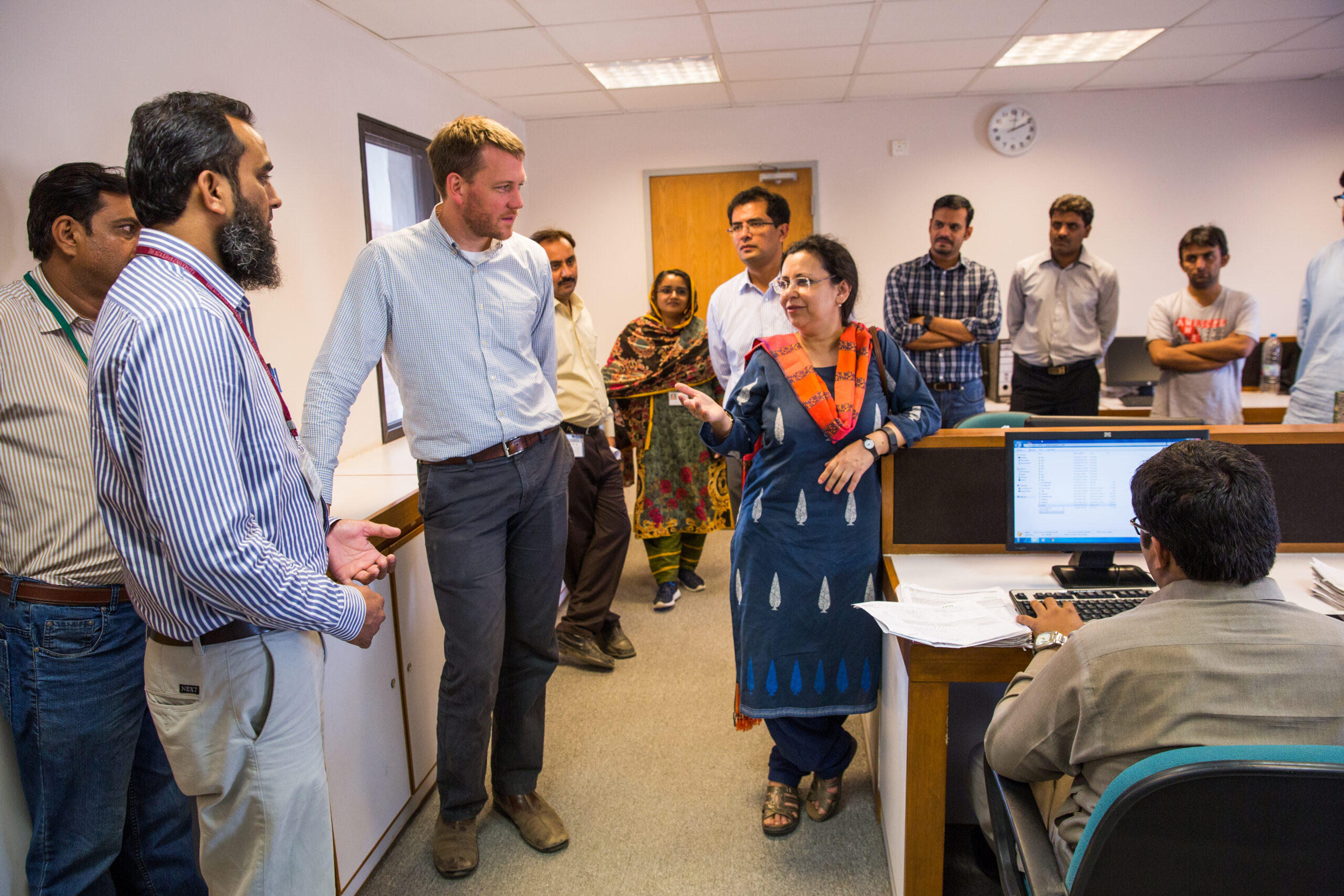Diarrheal Diseases
Introduction
Every year, Shigella and other diarrheal diseases sicken an estimated 180 million people 1, and kill approximately 525,000 children under the age of 5. Diarrheal diseases are currently the second leading cause of death in LMICs, especially among children 2.
Compared to other agents of diarrheal disease, Shigella appears to have a disproportionate impact on children 3. Even children who survive diarrheal diseases face the likelihood of repeated infections and subsequent health issues over the rest of their lives.

Although diarrheal diseases can be caused by a number of pathogens— including E. coli, amoebic dysentery, or cholera— there remains an urgent need for a vaccine for Shigella, due to its clinical severity, prevalence, resistance to antibiotics, and burden on the long term health of children in LMICs. However, no Shigella vaccine has yet been approved by health authorities anywhere in the world.
Gates MRI, in collaboration with the Institut Pasteur, is working to develop a well-tolerated, effective, and affordable Shigella vaccine for infants and children. Its target indication is the prevention of moderate to severe diarrhea due to Shigella in children aged 6 or 9 months through 5 years.
Etiology
Shigellosis is an infectious disease caused by bacteria in the genus Shigella, which is the third leading cause of diarrheal deaths in children under 5 4. Five Shigella serotypes (identified with the nomenclature of SF2a, SF2b, SF3a, SF6, and Shigella sonnei) are responsible for almost 90% of the cases of Shigella-caused childhood diarrheal disease in low-income countries. There appears to be good cross protection across the 2a, 2b, and 3a serotypes 5.
Most who are infected with Shigella develop diarrhea, fever, and stomach cramps a day or two after being exposed to the bacteria. Shigellosis usually resolves in 5 to 7 days, although some people who have asymptomatic infections can still pass the bacteria along to others. Frequent hand-washing, along with other hygiene measures, can stop the spread of Shigella and other diarrheal diseases.
The need for a vaccine is magnified by the emergence of antibiotic-resistant Shigella strains in recent years 4.
Approach
The outer membranes of Shigella bacteria contain a lipopolysaccharide which harbors many repeats of an oligosaccharide unit (known as the O unit), making up the O antigen. The O antigen is exposed on the cell surface and it is highly immunogenic. The Shigella type-specific O-antigen is a key virulence factor 6, which is why newer generations of Shigella vaccine candidates — including the one in development by Gates MRI and the Institut Pasteur — have focused on innovations aimed at enhancing the immune response to specific Shigella O-antigens.

The vaccine, being developed through a joint collaboration and license agreement between Gates MRI and Institut Pasteur, is a quadrivalent synthetic glycoconjugate vaccine (IP-QSV), intended to be effective against Shigella flexneri types SF2a, SF3a, SF6, and Shigella sonnei. The innovation of this candidate vaccine is the chemical synthesis of specific O-antigen fragments containing shorter saccharide chains conjugated to a protein carrier. Our hypothesis is that these will elicit a stronger immune response.
References
- Ndungo, Esther. (2018). A Novel Shigella Proteome Microarray Discriminates Targets of Human Antibody Reactivity following Oral Vaccination and Experimental Challenge. https://pubmed.ncbi.nlm.nih.gov/30068560/
- WHO Fact Sheet 2017. Diarrhoeal Disease. https://www.who.int/en/news-room/fact-sheets/detail/diarrhoeal-disease
- Gharpure, R. et al. (2021). Disparities in Incidence and Severity of Shigella Infections Among Children—Foodborne Diseases Active Surveillance Network (FoodNet), 2009-2018. Journal of the Pediatric Infectious Diseases Society. https://pubmed.ncbi.nlm.nih.gov/34145878/
- Kotloff, K. (2017). Shigella Infection in Children and Adults: a formidable foe. Lancet Global Health. https://pubmed.ncbi.nlm.nih.gov/29132604/
- Livio, S. et al. (2014). Shigella isolates from the global enteric multicenter study inform vaccine development. Clinical infectious diseases : an official publication of the Infectious Diseases Society of America. https://pubmed.ncbi.nlm.nih.gov/24958238/
- Schroeder, Gunnar N. et al. (2008). Molecular Pathogenesis of Shigella spp.: Controlling Host Cell Signaling, Invasion, and Death by Type III Secretion. https://www.ncbi.nlm.nih.gov/pmc/articles/PMC2223840/
LMICs: low-and-middle-income countries, as defined by the World Bank.
Other Research Priorities
Learn more about our research programs at the Gates MRI by clicking on the icons.
Tuberculosis
An infectious disease caused by Mycobacterium tuberculosis (Mtb) bacteria, spread by bacteria expelled into the air
Maternal, Newborn and Child Health
Development of treatments that may help lower the rates of newborn and child mortality

 Diarrheal Diseases
Diarrheal Diseases